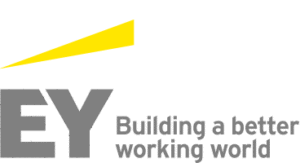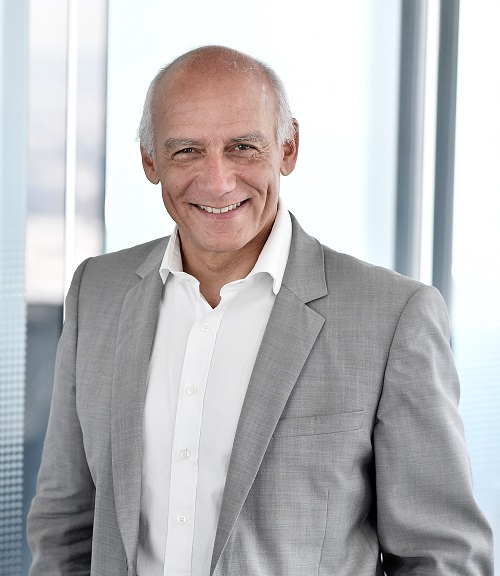What sets EY apart in the world of advice for entrepreneurs today?

The EY Growth Navigator scheme enables entrepreneurs to self-assess their status in relation to various growth drivers, determine the extent of their ambitions in each field, work out how compatible those ambitions are with the company’s strategy, and then build an action plan to be implemented together. Our approach is built around 7 drivers of growth: customers (how to improve the customer experience and increase the value of your portfolio); people (employee behavior and company culture); technology (digital technology and data analysis); operations; financing and the finance function; transactions and partnerships; and risk.
Threshold effects are a recurring issue for SMEs: what do these key stages involve?
In France, passing certain thresholds, particularly in terms of workforce size, triggers certain employment law and social security obligations. During the preparation of the French government’s Action Plan for Business Growth and Transformation, aka the “Pacte Act”, which aims to simplify the system, 199 different provisions were identified on workforce size alone, including 88 in the Labor Code and 19 in the Social Security Code! After the reform, that threshold should now be easier to cross. But it is not the only one growing SMEs have to face. Every “first time” is a threshold effect: hiring your first executive, completing your first add-on acquisition, changing tools for industrialization or digitalization processes, setting up financial reporting or cyber-security/IT measures (a key need for large middle-market firms, which must improve their skills in this field in the era of 4.0 and all-digital)… Crossing each of these thresholds is a way of driving growth, and that is where the support provided by funds like Initiative & Finance comes in.
Apart from the legal simplifications introduced in France by the Pacte Act, what are the priorities for a growing SME that could potentially become a middle-market firm?
New entrepreneurs are asking themselves questions specific to their generation. For example, regarding talent recruitment and retention, the challenges are closely linked to the values and meaning embodied by the company – purpose, work-life balance, social and environmental responsibility, etc. In my view, no threshold effect will hold back an entrepreneur whose driving force is the development of their business. For funds like Initiative & Finance, the challenge is to help fast-growing SMEs with the potential to become middle-market firms to overcome each hurdle as quickly as possible.
France has around 5,000 middle-market firms, compared with 13,000 in Germany and 10,000 in Italy and the UK: what strengths do you think we can draw on to catch up?
France has a very dynamic ecosystem completely dedicated to startups (BPI, Business France, lawyers, etc.), but the managers of large SMEs preparing to transform into middle-market players probably get less support… Basically, a business has no choice but to grow if it is to survive and thrive in the long term.
Each year, EY publishes a measurement of France’s industrial attractiveness. Is our country still attractive to businesses ?
France is still attractive for foreign industrial firms. It remains the top-ranked country in Europe for production sites owned by foreign-owned companies. This can be explained by the gravitational pull of powerful French industry leaders that export in sectors such as aerospace, shipbuilding and food processing. That premium industrial attractiveness is reflected in the opening of new production sites (68 in 2018) and in the dynamism of research and development. There is a future for industry “made in France” and “made by France”: 70% of foreign business leaders say they are confident about the future prospects of French industry. A favorable environment for SMEs and middle-market firms based in France.
1. EMEIA (Europe, Middle East, India, Africa);

 Back to the thematic folder
Back to the thematic folder



